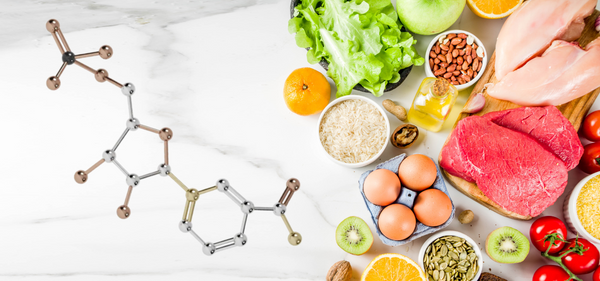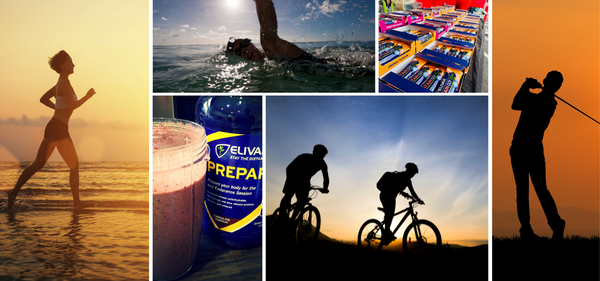Milo was reputed to eat 9 kg of bread, 9 kg of meat and 8.5 L (18 pints) of wine a day. If this food intake is to be believed, Milo would have consumed at least 57 000 kcal per day – ignoring the possibility of alcohol poisoning.
Today’s recommended daily calorie intake ranges from 2000/1800 kcal/day for an “average” Male or Female to 6,000 kcal/day for a Olympic-standard endurance athlete. It’s possible that Milo may have been eating (and drinking) for the whole team.
Regardless of where we sit on the “Average”-to-“Olympic” spectrum – the same questions arise, what foods to eat, how much and when to eat them. Starting with the first part of the equation – what foods to eat – the nutrition recommendations for athletes – whether professional or amateur can be easily explained by using the food pyramid for healthy adults:

In general that there are no “good” or “bad” foods. It’s all about variety and the quantity of each food in your diet. The food pyramid helps us understand the quantity of each food type that we should include in our diet. Food from the lower levels of the pyramid can be consumed in large amounts, while foods from higher levels of the pyramid should be limited in quantity.
It is worth remembering that food isn’t JUST about fuel – it’s about a host of processes that go into keeping us fit and healthy. It’s not just how much macro-nutrients such as carbs or proteins to eat – mico-nutrients such as vitamins and minerals play a big part in how our body functions. A variety of foods in our diet is the best way to make sure we are not neglecting the micro-nutrients.
In terms of being more specific about what foods to eat and when, it is worth understanding how our bodies produce energy in response to exercise in the first place.
References
* Rodriguez NN., DiMarco NM. and Langley S. (2009) Position of the American Dietetic Association, Dietitians of Canada, and the American College of Sports Medicine: Nutrition and athletic performance. J Am Diet Assoc. 109(3):509-27
* Burke L. (2008) A food pyramid for Swiss athletes. Int J Sport Nutr Exerc Metab. 18:452-458
* Grandjean AC. (1997) Diets of Elite Athletes: Has the Discipline of Sports Nutrition Made an Impact. The Journal of Nutrition 127(5):874S-877S
* Kreider R., Wilborn C. and Taylor L. (2010) ISSN Exercise & sport nutrition review: research and recommendations. J Int Soc Sports Nutr. 7:7
* Pendergast D., Meksawan K., Limprasertkul A. and Fisher N. (2011) Influence of exercise on nutritional requirements. Eur J Appl Physiol. 111:379–390
* Potgieter S. (2013) Sport nutrition: A review of the latest guidelines for exercise and sport nutrition from the American College of Sport Nutrition, the International Olympic Committee and the International Society for Sports Nutrition. S Afr J Clin Nutr.:ISSN 26(1):6-16
* Richard R. (2014) Sports nutrition, macronutrient intake according to the type of sport. Nutr clin métab. 28(4): 272-278
About Elivar
Elivar – Sports Nutrition optimised for athletes over 35 year old. Our bodies change as we age, so should our sports nutrition. Try our Weekend Endurance Pack – fuel a weekend’s training with a selection of our Endure, Recover and Hydrate products for only £12.99 Try Now
Elivar’s products are 100% Gluten Free.


 Food is an important part of life, and athletes should enjoy the foods that they eat. Milo of Croton, a 6th-century BC wrestler who won the Olympic Games several times, certainly took this part of his athletic career seriously if we can believe the reports of the time.
Food is an important part of life, and athletes should enjoy the foods that they eat. Milo of Croton, a 6th-century BC wrestler who won the Olympic Games several times, certainly took this part of his athletic career seriously if we can believe the reports of the time.

